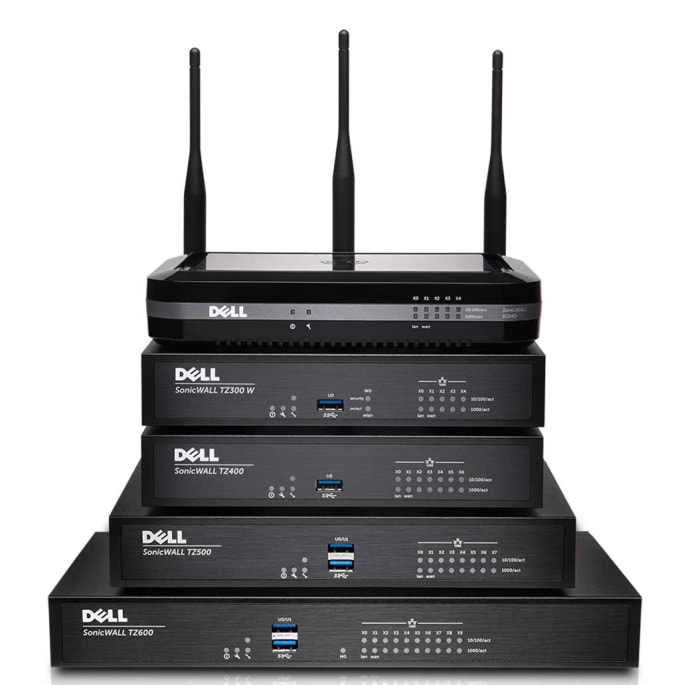


So without wasting your time i will let you start your journey with SonicWall Firewall, if you have any question please don't hesitate to ask me and good luck. interfaces configuration including vlans. We will use Vmware workstation to install our virtual sonicwall NSV200 i will show you how to get the firewall image and license it, for the course content we will see all the things that you as an Administrator will need to deal with like : SonicWall expects an official firmware release with the required patches for NSsp15700 to be available in mid-April 2022.SonicWall Firewall Administration Course is a course that will teach you how to Administrate your SonicWall Firewall, from zero.īecause every lecture of this course is a LAB you will learn how to install, configure, manage and troubleshoot your SonicWall firewall, that's mean that it's a practical course more than theoretical, so i want you to complete each lab and put your hands on configuration as soon as you can for better understanding, because one of the best ways to learn is by doing. Or, one can contact SonicWall's support team for a hotfix firmware (7.0.1-5030-HF-R844). However, there is no update for the NSsp 15700 yet, administrators should continue with SonicWall's suggested measures (see also this article) to temporarily mitigate CVE-2022-22274 to avoid exploitation. The vendor offers firmware updates for affected products to close the vulnerability, according to this advisory. SonicWall strongly advises organizations using the affected SonicWall firewalls listed in this SonicWall document to follow the guidance provided. Also, no PoC reports have been published and malicious exploitation of this vulnerability has not been reported to SonicWall, the Maadvisory states. SonicWall PSIRT is not aware of any active exploitation of the vulnerability. This vulnerability only affects the web management interface, the SonicOS SSLVPN interface is not affected.

The vulnerability has received a CVE score of 9.4 and is therefore considered critical. It is a stack buffer overflow that allows a remote attacker to cause a Denial of Service (DoS) attack via HTTP requests or possibly execute code in the firewall. The vulnerability CVE-2022-22274 was found in SonicOS – as you can read on the linked page. I came across this issue a few days ago via the following tweet, which is explained by the colleagues at Bleeping Computer here.


 0 kommentar(er)
0 kommentar(er)
